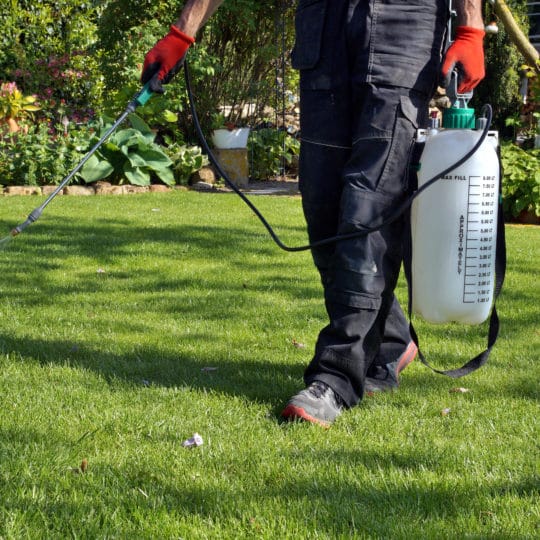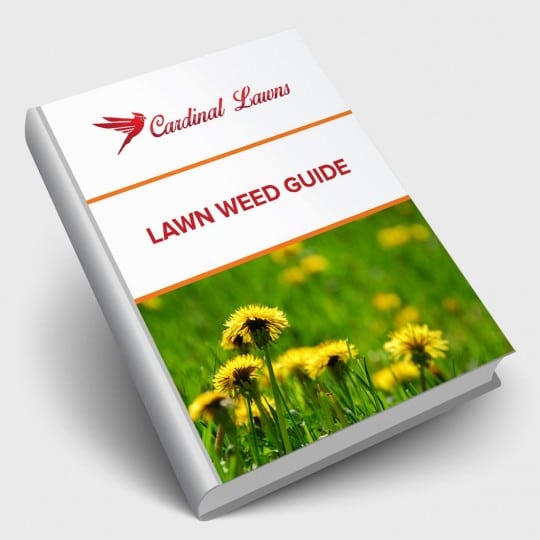Fall Weed Control
The Fight Continues
Posted
September 15, 2022

As the sun starts to set on summer, signs of fall color start to creep across your lawn. While those late-blooming plants are making an appearance, weeds are still thriving and reseeding. Fall is an excellent time to repair your lawn from summer’s wrath and prep it for a lush spring. Here are some fall weed control tips to help ensure the grass is the only green you see.
Fall Weed Control
Just when you think you’ve battled your last weed for the season, it’s the germinating annual weeds you need to worry about. Weeds that return year after year tend to germinate late summer into fall. They may pop up late in the season, when it gets warm in the winter, and pop up again first thing in spring.
There are specific herbicides you can apply in the fall to strike weeds during germination when they’re most vulnerable. This makes fall the easiest season to eliminate weeds. Not only are you attacking the perennial weeds, but striking annual weeds in their germinating stage greatly decreases the chances of seeing them survive.
Which Type of Product
Choosing the right weed control product is key. Once you find the right one, following the directions closely is the next step in optimal weed control. Depending on the type of product you use and the type of weed you’re targeting, multiple applications may be necessary.
- Pre-emergent products. These are the ones to apply to your lawn and garden before the weed appears. This is what’s going to battle those germinating perennial weeds.
- Post-emergent products. Once the weed appears, it’s time to spot-treat it with a post-emergent weed control product. By treating the weed when you see it, you’re also helping to prevent it from reseeding and returning—so it’s also like a pre-emergent product as well.
- Target a type of weed. For example, crabgrass is a prolific weed that germinates throughout the growing season. There are pre-emergent herbicides formulated especially to prevent the germination of crabgrass seeds.
- Grassy vs. Broadleaf control. Some products target a more general group of weeds. Grassy weeds have thinner blades that blend more with grass. Broadleaf weeds have wider, often serrated leaves. Some of these products may not be sold all year, but the spring and fall are typically the time you can find them at your local lawn care store.
- Granule vs Liquid. Many weed control products come in different formulas. Typically, a granule product is used for more widespread control and liquids are used to spot-treat specific areas.
Weed Control Without Herbicide
One of the best ways to control weeds is to maintain a healthy lawn. This requires proper watering, mowing, and fertilizing. Fall is a great time of year to fertilize and feed your lawn. Spread fertilizer just after mowing for best results.
Since weeds love to fill in any bare spots on your lawn, you want to make sure you reseed any high-traffic areas that may have died during the summer. If you do reseed, make sure you stay away from these areas when using any weed control herbicide.
If you’ve followed these tips but still find you’re constantly battling with weeds, contact the lawn care experts at Cardinal Lawns for help. Our specialists can consult on anything from weed control to the best grass seed and fertilizer to reinvigorate your lawn.

Download Your FREE Lawn Weed Guide
Before weeds take over your yard this season, learn to identify and prevent them in the first place. Keep your lawn looking great all year!